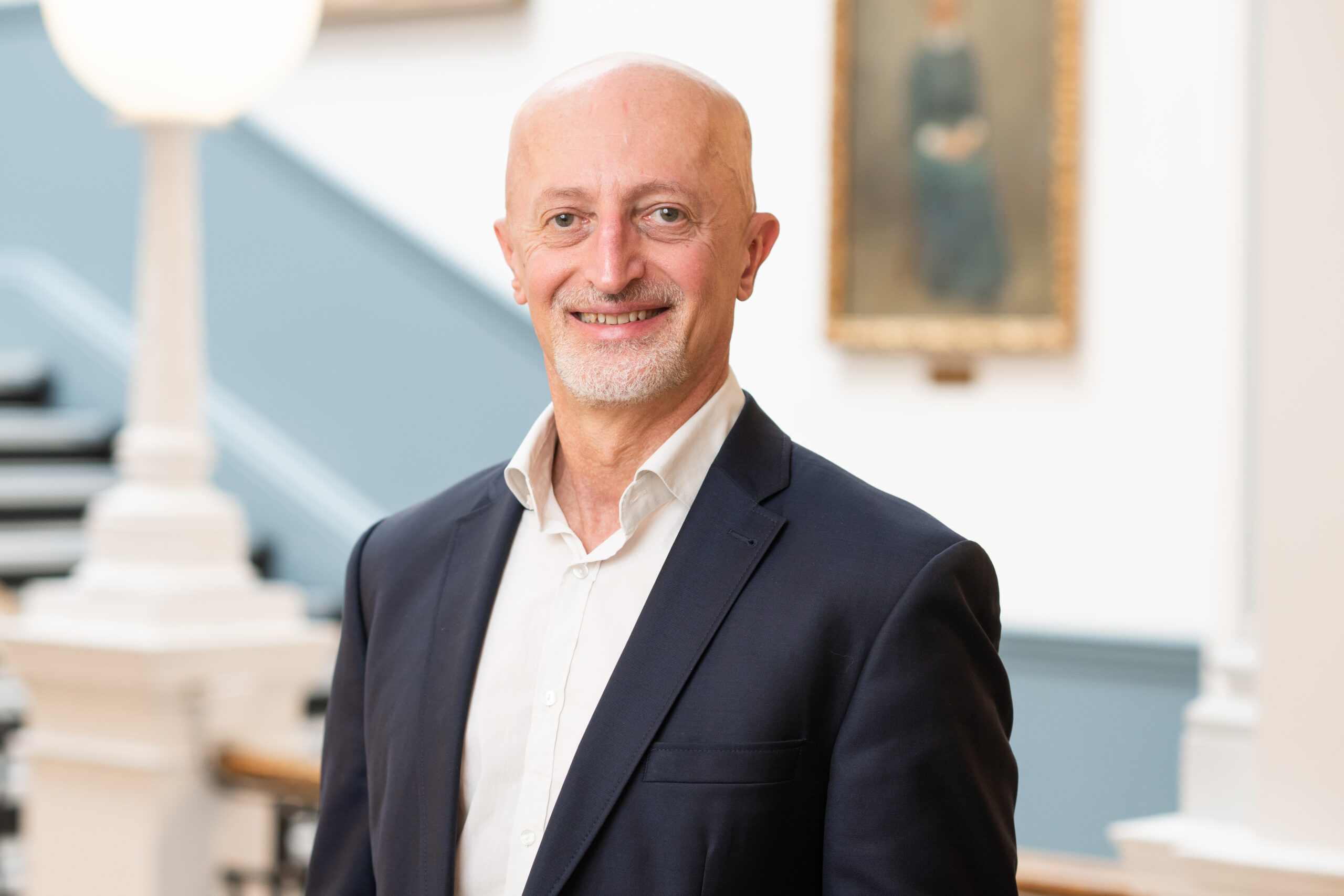For patient information click below

What is the Clinical and Cost-effectiveness of Thromboprophylaxis in Patients with Lower Limb Immobilisation
Background
In the UK, around 70,000 people injure their leg and have to have wear a boot or a cast. These people are at higher risk of blood clots forming in their veins, a condition called venous thromboembolism (VTE). VTE can cause long-term problems in the legs, serious illnesses, and occasionally death if the clot migrates to other parts of the body such as the lungs.
It is possible to prevent VTE by giving people an anticoagulant, a drug that stops the blood from clotting. Anticoagulants are available in injections or tablets. People who are considered high-risk of developing blood clots are recommended daily injections of anticoagulants, which can be uncomfortable and sometimes difficult to give, whereas people who are considered low-risk of developing clots are not recommended any anticoagulant treatment at all.
We do not have strong evidence comparing anticoagulants for people at high-risk of VTE, and we know little about the benefits and risks of any preventive medication for people at low-risk of VTE.
Summary
The TiLLI trial will be split into 2 linked studies, TiLLI-high and TiLLI-low. TiLLI-high will investigate what form of anticoagulant is better for people who are at high-risk of clots after a leg injury. Whereas TiLLI-low will look at what form of anticoagulant, if any, is better in people at low-risk of clots.
The study will aim to recruit 10,000 participants from 30 UK sites. Participants must be aged 16 or over and have injured their leg in the last 7 days which resulted in it being put in a rigid cast or brace. If people agree to take part, their risk of VTE will be assessed, if considered high-risk they will be placed into TiLLI-high and if they are considered low-risk they will be placed in TiLLI-Low.
People allocated to TiLLI-High will be randomised to receive either an injectable anticoagulant or an oral anticoagulant. People allocated to TiLLI-Low will be randomised to receive either an injectable anticoagulant, an oral anticoagulant, or no drug at all.
In both TiLLI-high and TiLLI-low, we will consider which is the better treatment option by considering the cost, frequency of VTE events, resource use, and patient preference.
Aims & Objectives
This project aims to find out what the clinical and cost effectiveness of injectable anticoagulant versus oral tablet anticoagulants in people with a high-risk of blood clots as well as the clinical and cost effectiveness of injectable anticoagulant, oral tablet anticoagulants, or no medication in people with a low-risk of blood clots.
Study Design
A pragmatic, multicentre, open-label, linked pair of randomised controlled trials with common outcomes and parallel economic analysis each with internal pilot phases:
TiLLI-High: a non-inferiority trial in people with temporary lower limb immobilisation at high risk of VTE comparing DOACs (intervention) to parenteral prophylaxis (routine care).
TiLLI-Low: a superiority trial in people with temporary lower limb immobilisation at low risk of VTE comparing parenteral prophylaxis (intervention) or DOACs (intervention) to no pharmacological prophylaxis (routine care).
funded by

National Institute for Health and Care Research
Publications
Thromboprophylaxis in lower limb immobilisation after injury (TiLLI)
Thromboprophylaxis in ambulatory emergency department patients managed with lower limb immobilisation after injury: a national survey
Different strategies for pharmacological thromboprophylaxis for lower-limb immobilisation after injury: systematic review and economic evaluation
Pharmacological thromboprophylaxis to prevent venous thromboembolism in patients with temporary lower limb immobilization after injury: systematic review and network meta-analysis
Lead Applicants
Professor Xavier Griffin, Queen Mary University of London
Professor Daniel Horner, NCA NHS Foundation Trust
Co-applicants
Associate Professor, Delphine Douillet, Angers University Hospital
Dr Kirstin de Wit, Queen’s University
Dr Rhona Sinclair, The Newcastle Upon Tyne Hospitals NHS Foundation Trust
Mr Chris Bretherton, Queen Mary University of London
Mr Matthew Machin, Imperial College London
Mr Thomas Hamborg, Queen Mary of University London
Ms Jamila Kassam, Queen Mary University of London
Ms Sarah Davies, University of Sheffield
Professor Alun Davies, Imperial College London
Professor Beverley Hunt, Guy’s and St Thomas’ NHS Foundation Trust
Professor Borislava Mihaylova, Queen of Mary University London
Professor Richard Hooper, Queen Mary of University London
Professor Roopen Arya, Kings College Hospital NHS Foundation Trust
Professor Steve Goodacre, University of Sheffield
GET IN TOUCH
If you would like to find out more about opportunities to drive our research, please email us.



















































































































